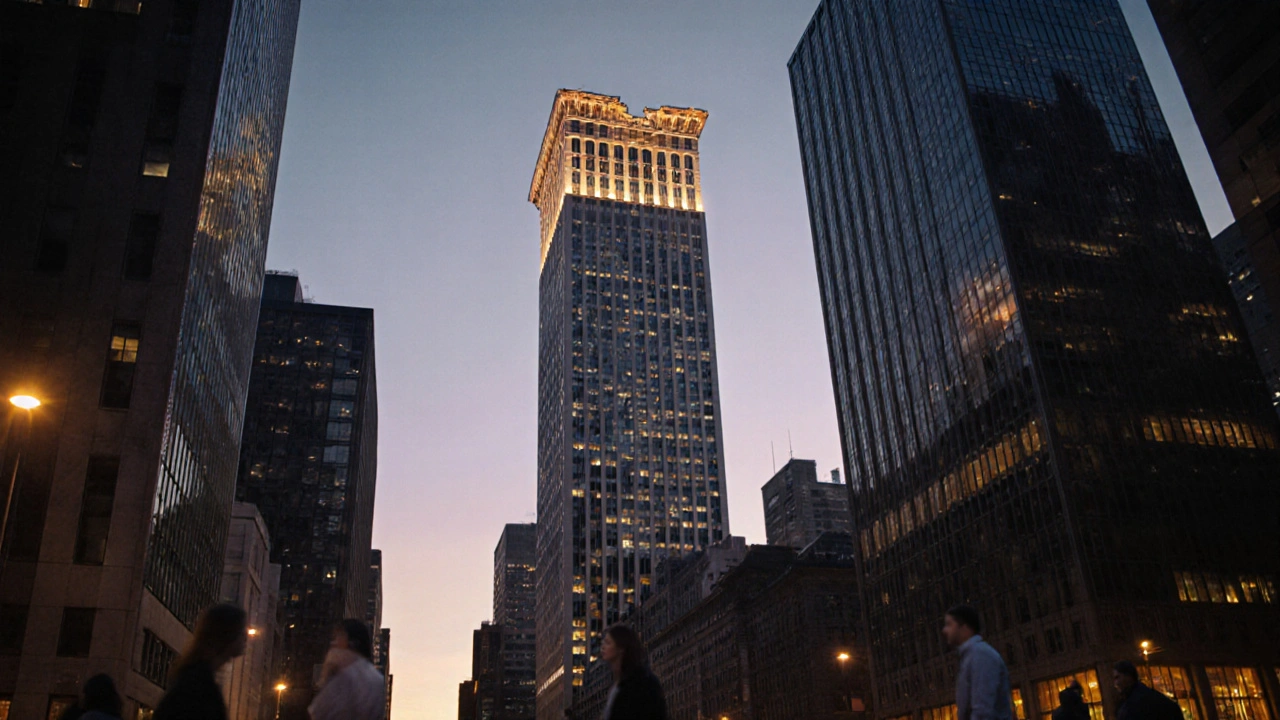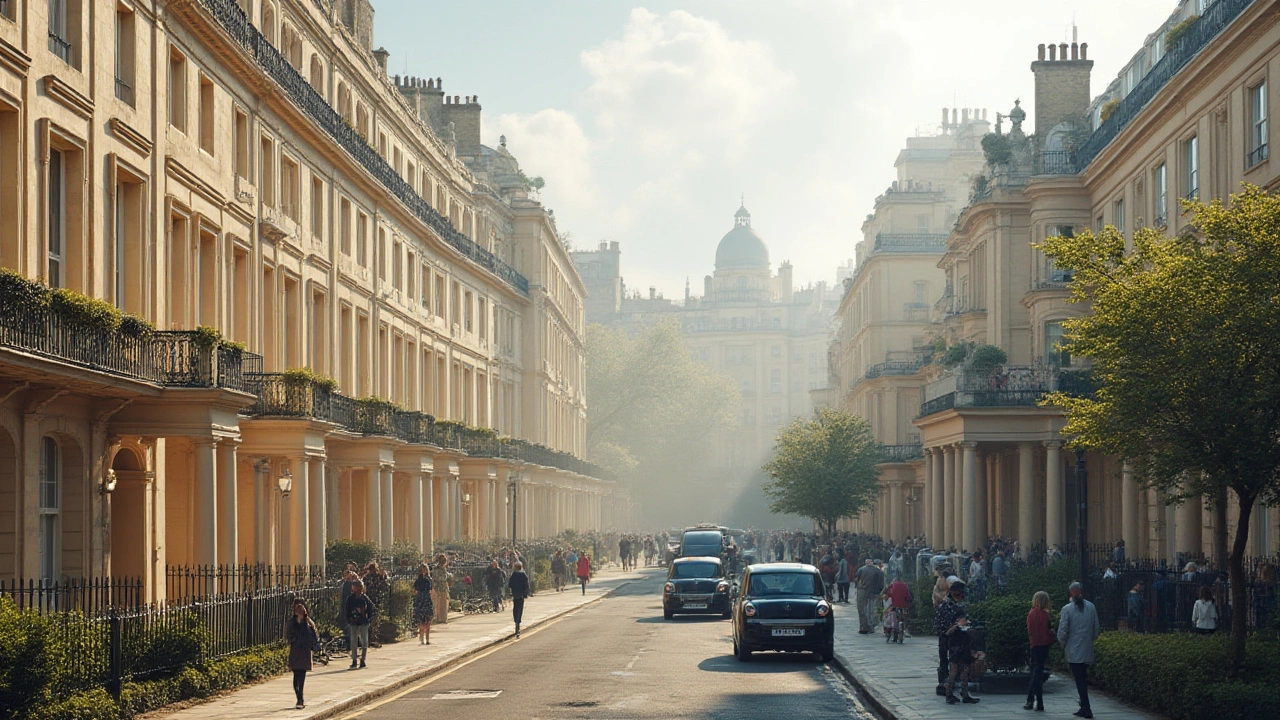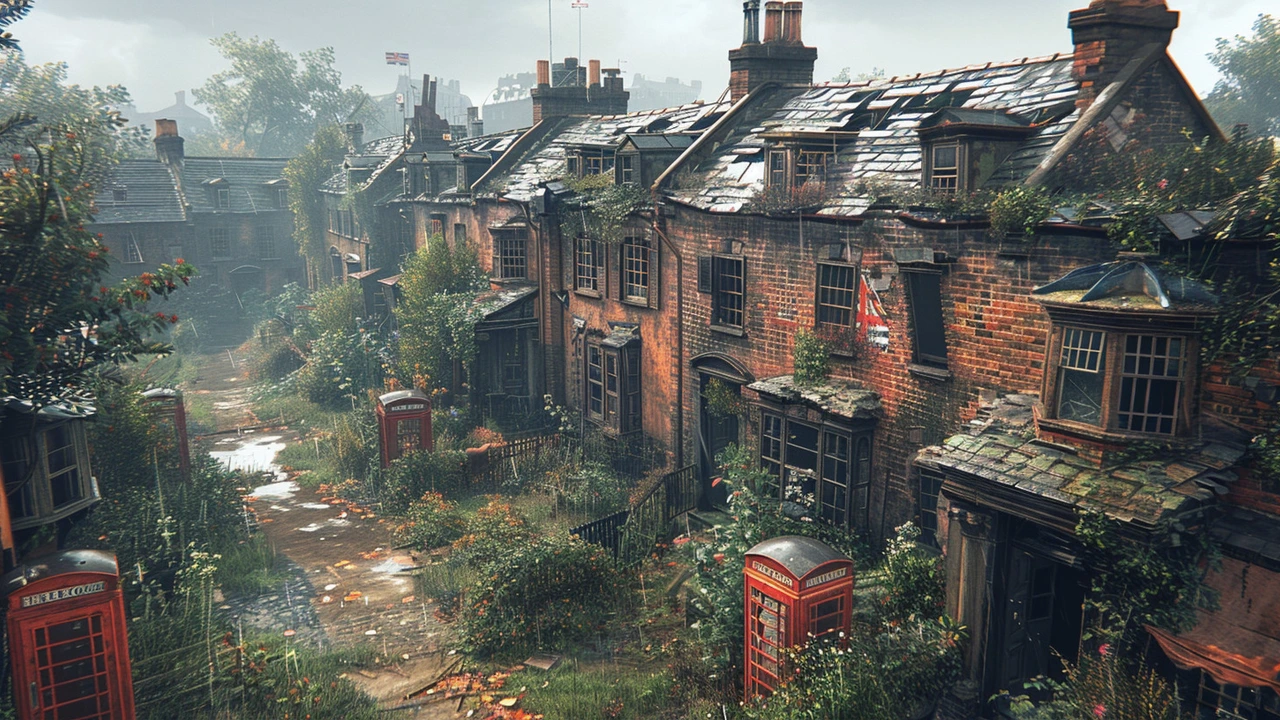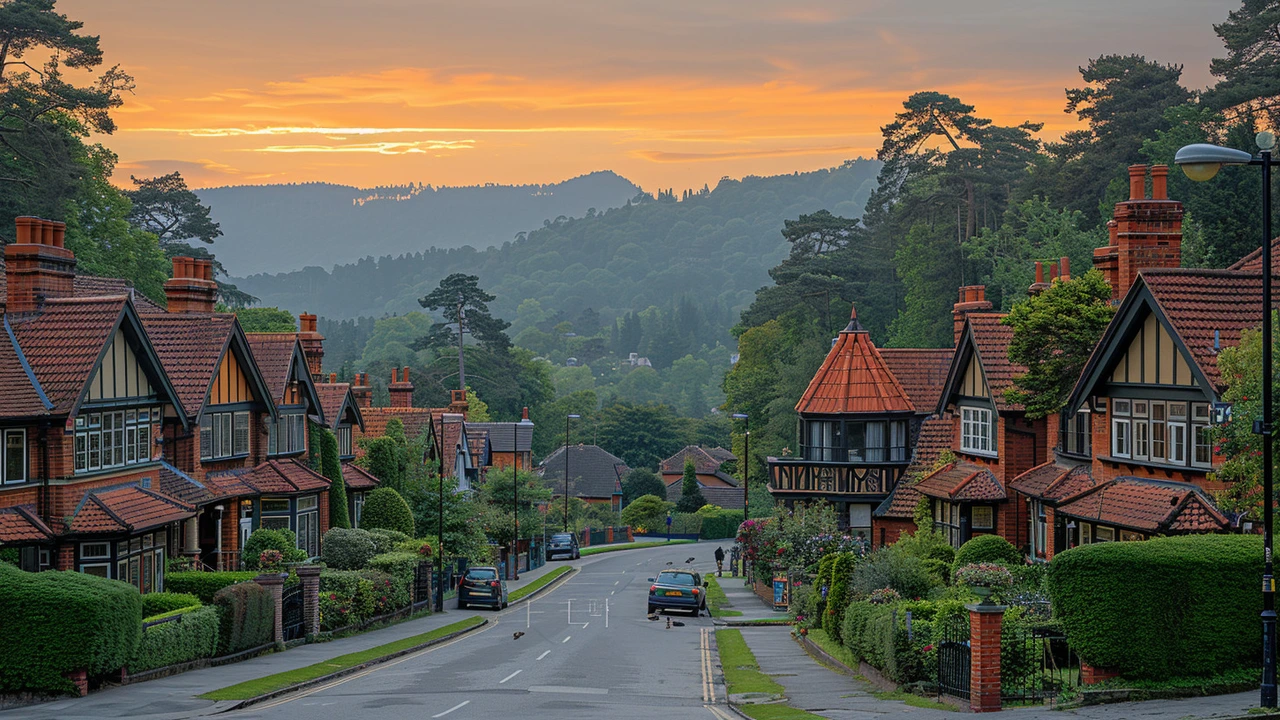Architecture and Urban Design: Practical Ideas for Better Cities
Want to make cities that feel alive and work for people? Start by thinking about street life, scale, and how buildings meet sidewalks. Small changes like wider sidewalks, trees, and active ground floors change how people use space. Design streets for walking, biking, and short transit trips before adding big car lanes. Mix homes, shops, and offices so daily needs are close; that cuts travel, boosts local business, and brings neighbors together.
History matters. Georgian symmetry taught clear street grids and consistent setbacks that still shape walkable neighborhoods. Dutch Colonial details remind us how region and climate shape rooflines and materials. Postmodernism pushed playful forms and context, adding variety to cityscapes. High-tech architecture gives tools for efficient, responsive buildings that save energy and adapt to changing needs.
Practical steps matter. Start with data: map traffic, sun paths, and noise to place parks, housing, and shops right. Run quick experiments like parklets, weekend markets, or pop-up bike lanes to test ideas before big budgets. Use simple design rules: human-scaled heights, clear sightlines, and regular tree spacing. Encourage adaptive reuse so old buildings get new life instead of demolition. Track results with simple surveys and counters to see what actually works.
Policy and community go hand in hand. Zoning fixes like allowing gentle density near transit unlock affordable homes without changing neighborhood character. Invest in reliable buses and protected bike lanes to shift trips away from cars. Green roofs, rain gardens, and cool pavements cut heat and storm runoff. Set measurable targets for energy use and affordable units so progress is visible and accountable.
Want quick wins you can try or advocate for? Push for curb-side seating and bus bulbs to speed boarding. Ask for active ground floors in new projects so cafes and shops face the street. Support projects that retrofit older buildings with insulation and efficient windows — those cut bills and keep character. When voting or attending meetings, bring photos and short examples from nearby cities; specific examples persuade faster than vague requests.
Good design needs feedback. Use simple counts, short surveys, and social posts to see if people like changes. Read case studies from places that rebuilt streets or reused factories — they show cost, time, and surprises. On Macklowe Art & Architecture you can find articles on Georgian planning, Dutch Colonial influence, postmodern experiments, and high-tech solutions that connect past lessons to future tools.
Where to start
Pick one visible street or block and focus there. Talk to nearby residents, map daily trips, and test one change for a month. Keep costs low and monitor use. Small wins build trust and make it easier to scale successful ideas.
Quick checklist
Measure baseline traffic and footfall, add seating or plants, test protected bike lanes, encourage ground-floor activity, and set clear goals for energy or affordability. Review results at 30 and 90 days and adjust.
Good design listens to people, respects history, and fixes real daily problems. Start today. Now

How Postmodern Architecture Changed City Skyscapes Forever
Postmodern architecture broke the rules of modernist design, bringing color, history, and humor back to city skylines. It made buildings tell stories-and changed how we experience urban spaces forever.
Read more
Georgian Architecture Influence on Modern Urban Design: A Deep Dive
Explore how Georgian architecture shaped city layouts, building styles, and community planning. Learn about its history and lingering impact on today's urban spaces.
Read more
The Future of Urban Planning: Embracing High-Tech Architecture
High-tech architecture is revolutionizing urban planning by incorporating cutting-edge technology and sustainable practices. This approach combines smart design with modern technology to create efficient, adaptable, and environmentally friendly urban spaces.
Read more
Exploring Dutch Colonial Revival Architecture in Modern Urban Development
Dutch Colonial Revival architecture has left a distinct mark on urban development, combining quaint historic charm with practical modern needs. This style, characterized by its gambrel roofs and symmetrical designs, often integrates seamlessly with contemporary urban planning. The article delves into the historical origins, key features, regional variations, urban impact, and preservation efforts of Dutch Colonial Revival architecture.
Read more
How Postmodern Architecture is Shaping Our Cities
Oh boy, isn't it amazing how our cities are turning into a canvas for the fabulous postmodern architecture? It's like we're living in a gigantic art exhibit, only this time it's not boring! Postmodern design, with its departure from the rigid rules and "less is more" mantra of modernism, is jazzing up our urban landscapes with bold colors, striking shapes, and a delightful mix of old and new styles. It's a hodgepodge of everything cool and creative, like an architectural potluck! So next time you're strolling around town, don't forget to look up and appreciate the ever-evolving architectural spectacle around you.
Read more